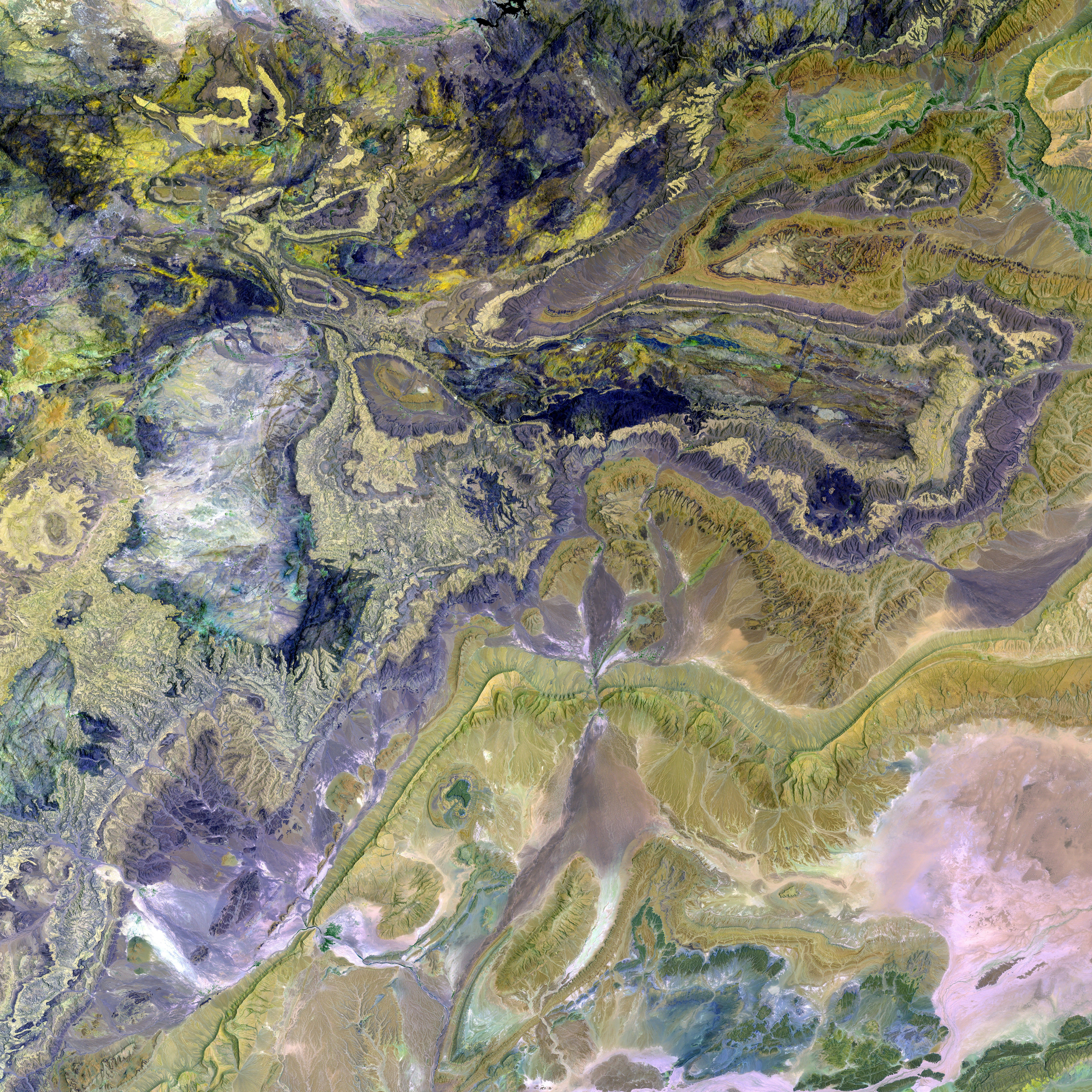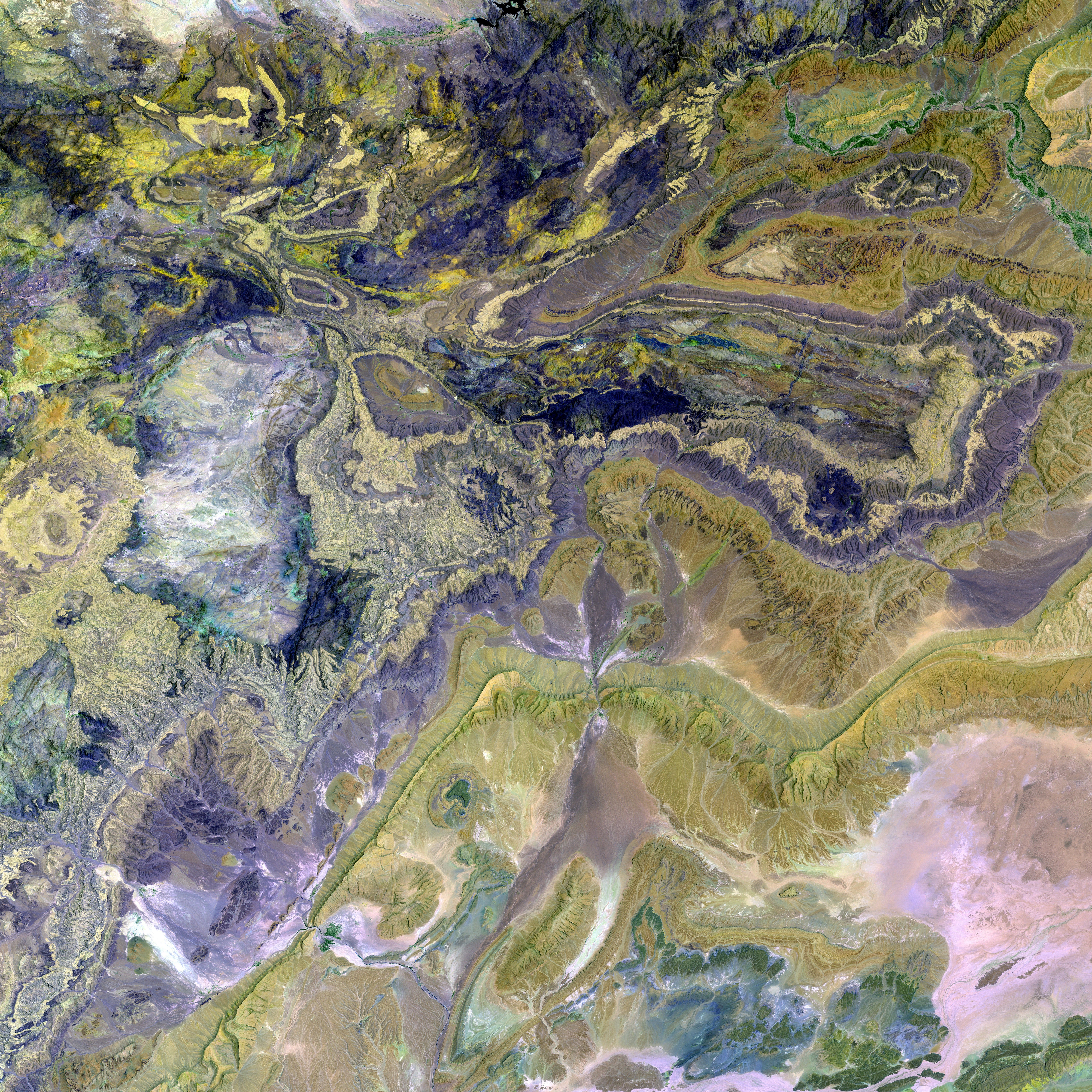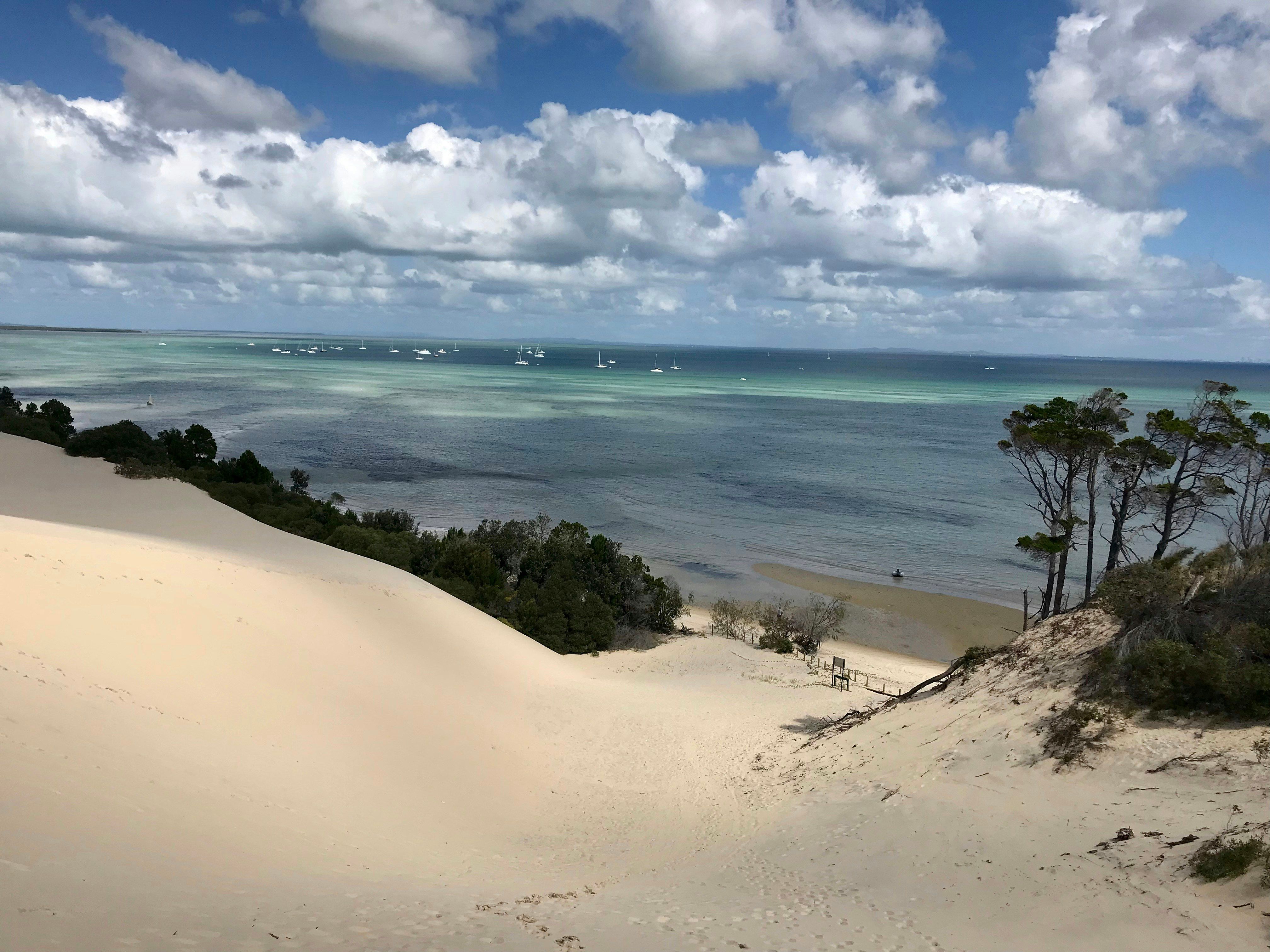Medieval Remains Showing Shattered Knee Cap Challenge Perceptions on Disability during Middle Ages.
Archaeologists in Sweden unearthed a medieval grave that offers insights into how Scandinavians of the Middle Ages navigated disability. The finding, part of a study published in Open Archaeology, centers on the remains of a man, referred to as Individual 2399, who lived with a severely damaged left knee.
Lying in a prestigious burial ground, next to the foundation stones of an ancient church tower, the skeleton revealed a life far from the isolation often imagined for those with disabilities in medieval times. Despite a catastrophic knee injury, probably inflicted by a horse kick or heavy object, Individual 2399—somewhere around 30 years old at the time of his death—received comprehensive long-term care.
The extent of this care is visible in the skeleton's features. Scans and radiographs showed not just the initial break, but signs of treatment—dense new bone formations, indicative of opium-based ointments, and evidence of multiple wound cleanings and drainages. Such attentive care hints at a supportive community for this individual with a disability.
The findings challenge conventional views of how the medieval Scandinavian society treated those with physical impairments. Medieval Scandinavia held a complex view of disability, as both a potential divine punishment and spiritual test, and legally, visible disabilities were seen as more severe. Yet, the honored burial spot of Individual 2399 suggests a society where social standing played a crucial role in determining the extent of care and support for individuals with disabilities.
This research team, led by Blair Nolan from Lund University, employed a unique interdisciplinary approach, combining traditional osteology, historical texts, and advanced 3D modeling to shed light on the lived experiences of disability during the late Middle Ages. Their study represents the first of its kind in the Nordic region, and offers a rare opportunity to apply contemporary frameworks—such as the World Health Organization's biopsychosocial model—to understand the past better.
Through the Lund University's AIR system, the team also provided high-resolution 3D models of the bones, freely accessible for researchers and the public to examine. The accessibility of these models underscores the potential for digital tools to not only aid academic understanding but also foster public engagement with historical discoveries.
In summarizing their findings, Nolan noted that while religious and legal texts offer only a limited understanding of societal perceptions of disability, detailed archaeological analysis can deepen our understanding of disability and identity in the Middle Ages. The story of Individual 2399 offers a compelling perspective—one of resilience, care, and acceptance in a time when it may have seemed most scarce.
- The study, led by Blair Nolan from Lund University, incorporates advanced 3D modeling to investigate health-and-wellness issues in the Middle Ages, especially regarding mental-health aspects.
- The research team combines traditional osteology, historical texts, and modern techniques to study the biology and ecology of the past, using the World Health Organization's biopsychosocial model for analysis.
- The discovery of Individual 2399, with a history of health challenges, indicates a society where earthly and social circumstances affected the provision of care and support for those with disabilities.
- The accessible 3D models of the skeleton, made available through the Lund University's AIR system, enhance public understanding of science and history, fostering engagement with to-date archaeological findings.







